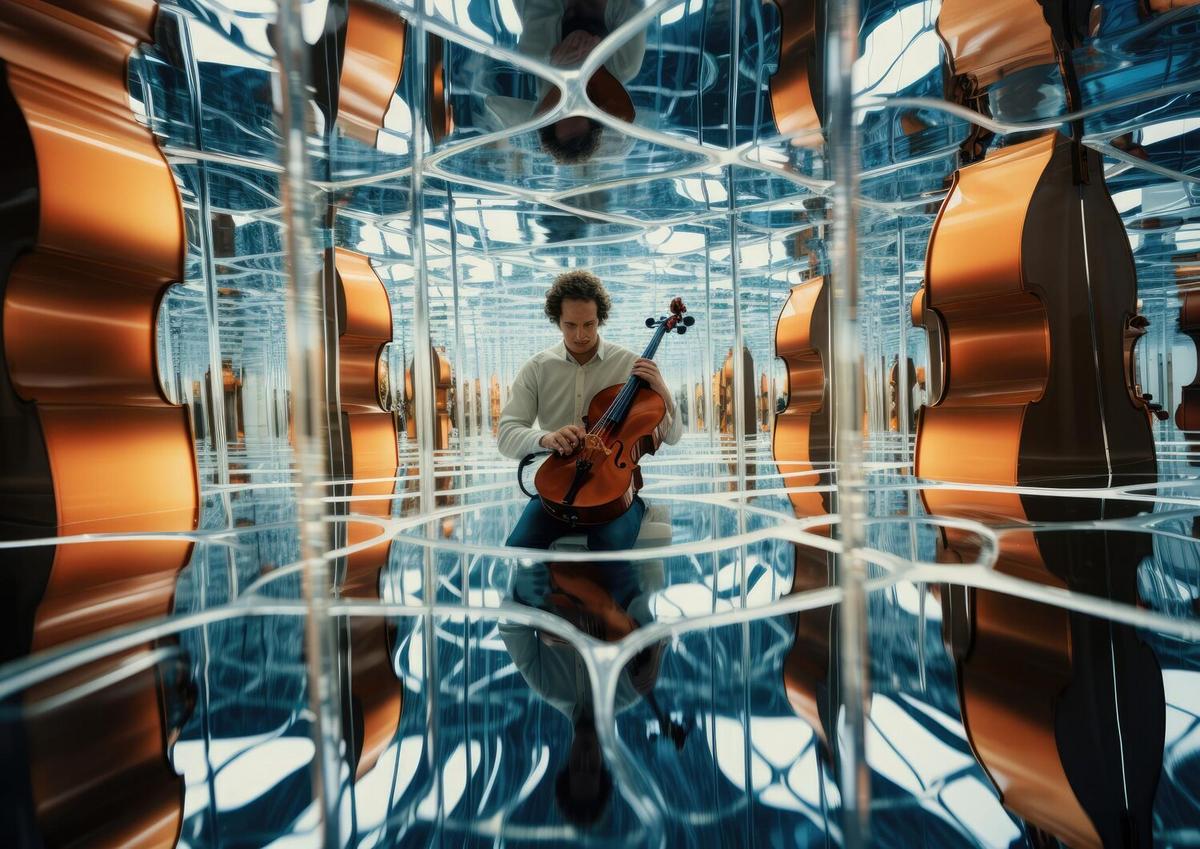Virtual reality (VR) is revolutionizing the performing arts, offering audiences an immersive experience that transcends traditional boundaries. This integration of technology and artistry is not only enhancing audience engagement but also expanding the creative horizons for artists.
Performing arts have always been about storytelling and connecting with audiences, and VR is taking this connection to a whole new level. By creating immersive environments, VR allows audiences to step inside a performance, experiencing it from a unique perspective. According to Dr. Mark Smith, a leading researcher in digital arts, ‘VR is reshaping the way we perceive and engage with live performances, offering a more interactive and personalized experience.’
Statistics reveal that the global VR market in the performing arts sector is projected to grow significantly, with estimates suggesting a compound annual growth rate of over 25% in the next five years. This growth is driven by the increasing demand for innovative and engaging content, as well as advancements in VR technology.
One notable example of VR in performing arts is the collaboration between a renowned theater company and a tech start-up. This partnership resulted in a VR adaptation of a classic play, allowing viewers to experience the story from different characters’ viewpoints. Audience feedback was overwhelmingly positive, with many describing the experience as ‘transformative’ and ‘deeply moving.’
Benefits of VR in Performing Arts
- Enhanced Engagement: VR creates an interactive environment, making the audience feel like part of the performance.
- Accessibility: Audiences from around the world can access performances without geographical limitations.
- Innovative Storytelling: Artists can experiment with new narrative techniques, including 360-degree storytelling.
Getting Started with VR in Performing Arts
For those interested in exploring VR in performing arts, here are some actionable tips:
- Start Small: Begin with short VR experiments to understand the medium.
- Collaborate: Partner with tech experts to bring your artistic vision to life.
- Educate Yourself: Attend workshops and webinars on VR technology and its applications in the arts.
Consider using VR not just for live performances but also for rehearsals. This can help performers visualize their space and interactions more effectively.
Case Study: VR in Dance
A contemporary dance company recently utilized VR to create an interactive performance that allowed audience members to choose their perspective within a virtual theater. The result was a personalized experience that resonated with a broad audience.
FAQs
Frequently Asked Questions
How expensive is it to implement VR in performing arts?
The cost can vary widely depending on the scale and complexity of the project. Starting with small-scale projects can be a cost-effective way to explore VR.
Can VR replace traditional live performances?
While VR offers a new dimension, it’s not intended to replace traditional performances but rather to complement and enhance them.
As VR technology continues to evolve, its role in performing arts will undoubtedly expand, creating new opportunities for artists and audiences alike. By embracing this technology, the performing arts community can offer richer, more engaging experiences that captivate and inspire. For further reading, check out resources on Arts Professional and Artsy which provide insights into the intersection of technology and the arts.




Leave a Reply